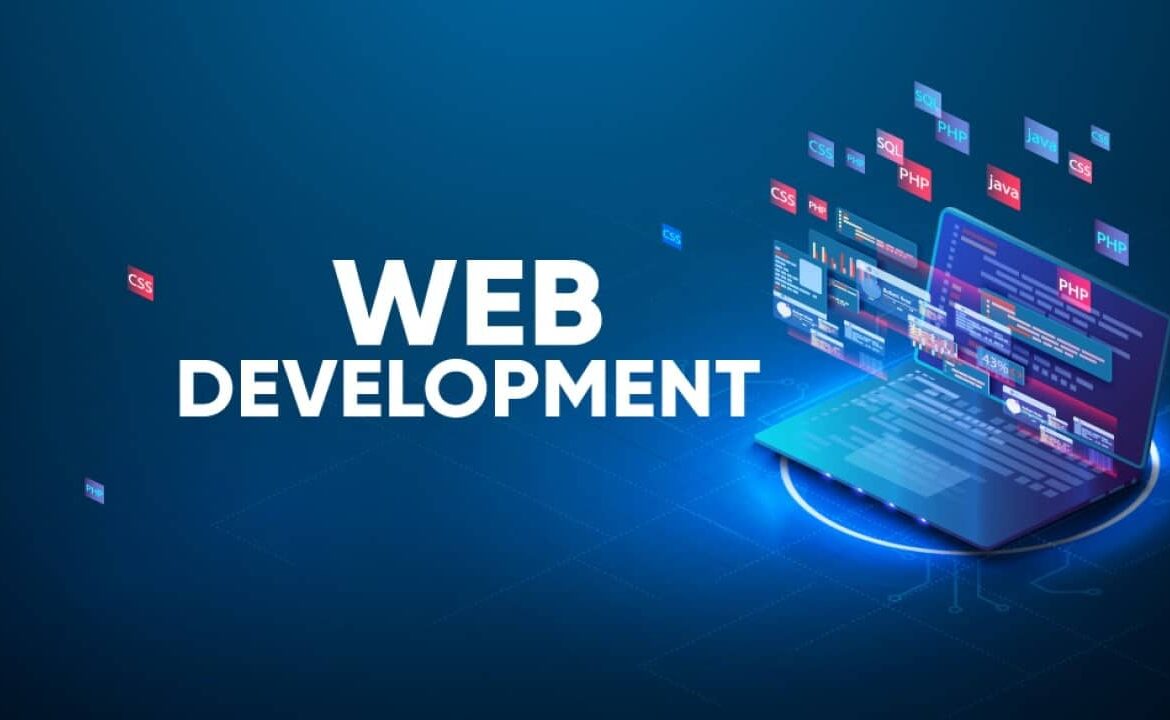Web development is an ever-evolving field, with new technologies and methodologies emerging constantly. To create high-quality, efficient, and scalable web applications, it is crucial to adhere to best practices. At Maestro Info Tech, we pride ourselves on delivering top-notch development services by integrating industry best practices into every step of our process. In this blog, we will explore these best practices and how Maestro Info Tech excels in each area.
1. Planning and Requirement Analysis
Best Practice: Comprehensive Planning
Before any development begins, it’s essential to have a clear understanding of the project requirements, goals, and target audience. This involves detailed discussions with stakeholders, thorough research, and the creation of detailed project documentation.
Maestro Info Tech Approach:
At Maestro Info Tech, we start with an in-depth requirement analysis phase. Our team collaborates closely with clients to ensure that all needs are understood and documented. We use advanced project management tools to create detailed roadmaps, ensuring that every aspect of the project is planned meticulously.
2. Choosing the Right Technology Stack
Best Practice: Technology Stack Suitability
Selecting the appropriate technology stack is crucial for the project’s success. The choice should be based on project requirements, scalability, security, and the team’s expertise.
Maestro Info Tech Approach:
Our experts at Maestro Info Tech stay updated with the latest technologies and trends. We carefully evaluate each project to recommend the best-suited technology stack, whether it’s front-end frameworks like React or Angular, back-end technologies like Node.js or Django, or databases like MongoDB or PostgreSQL.
3. Responsive and Mobile-First Design
Best Practice: Mobile-First and Responsive Design
With the increasing use of mobile devices, ensuring that web applications are responsive and mobile-friendly is a must. A mobile-first approach ensures that the design and functionality are optimized for smaller screens first before scaling up.
Maestro Info Tech Approach:
Maestro Info Tech excels in creating responsive designs that provide a seamless user experience across all devices. Our designers prioritize mobile-first design principles, ensuring that every application looks and functions flawlessly, regardless of the device.
4. Secure Coding Practices
Best Practice: Security-First Approach
Security should be a top priority in web development. This involves following secure coding practices, regularly updating dependencies, and conducting thorough security testing.
Maestro Info Tech Approach:
Security is at the core of our development process at Maestro Info Tech. Our developers are well-versed in secure coding practices and regularly participate in security training. We implement robust security measures, including encryption, authentication, and regular vulnerability assessments, to protect our applications from threats.
5. Version Control and Collaboration
Best Practice: Version Control Systems
Using version control systems like Git is essential for efficient collaboration and tracking changes in the codebase. It allows multiple developers to work on the same project simultaneously without conflicts.
Maestro Info Tech Approach:
We use Git extensively at Maestro Info Tech to manage our codebases. Our team follows best practices for version control, including branching strategies, code reviews, and continuous integration/continuous deployment (CI/CD) pipelines, ensuring smooth and efficient collaboration.
6. Testing and Quality Assurance
Best Practice: Comprehensive Testing
Thorough testing is crucial to ensure the quality and reliability of web applications. This includes unit testing, integration testing, performance testing, and user acceptance testing.
Maestro Info Tech Approach:
Maestro Info Tech has a dedicated QA team that rigorously tests every application we develop. We use automated testing tools and conduct extensive manual testing to identify and fix issues early in the development process. Our commitment to quality assurance ensures that our clients receive robust and error-free applications.
7. Performance Optimization
Best Practice: Performance Tuning
Optimizing the performance of web applications is essential for providing a smooth user experience. This involves minimizing load times, optimizing code, and leveraging caching techniques.
Maestro Info Tech Approach:
Performance optimization is a key focus area at Maestro Info Tech. Our developers use various techniques to enhance the performance of our applications, including code minification, lazy loading, and server-side caching. We also conduct regular performance audits to identify and address potential bottlenecks.
8. Continuous Learning and Improvement
Best Practice: Staying Updated
The web development landscape is constantly changing, so it’s essential to stay updated with the latest trends, tools, and technologies.
Maestro Info Tech Approach:
At Maestro Info Tech, we foster a culture of continuous learning and improvement. Our team regularly participates in workshops, conferences, and training sessions to stay ahead of industry trends. We encourage knowledge sharing and collaboration to ensure that we are always at the forefront of web development best practices.
Conclusion
Adhering to best practices in web development is crucial for delivering high-quality, secure, and efficient web applications. At Maestro Info Tech, we integrate these best practices into every stage of our development process, ensuring that our clients receive the best possible solutions. Whether it’s through comprehensive planning, choosing the right technology stack, prioritizing security, or fostering continuous learning, Maestro Info Tech is committed to excellence in web development.
By choosing Maestro Info Tech, you are partnering with a team of dedicated professionals who prioritize your success and deliver outstanding results. Contact us today to learn more about how we can help you achieve your web development goals.





